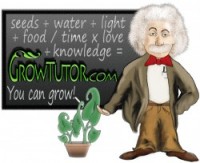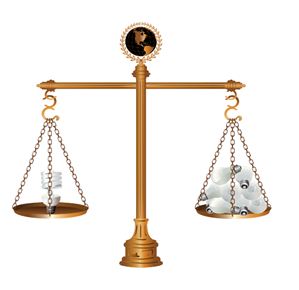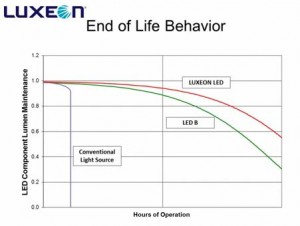Advantages and Disadvantages of LED Grow Lights
Believe it or not the merits of LED grow lights have been heavily debated. There are those who have a vested interest in seeing that this type of lighting never becomes mainstream (mainly companies that sell traditional HID lights). There are those who sell LED lights that want everyone to believe that they are the best thing for the environment since recycling. This article is here to take a look at some of the pros and cons of LED growing lights.
Advantages of LED Lights for Growing
One of the main advantages of this type of light is that it lasts a lot longer than traditional HID lights. There are a lot of numbers thrown around out there about how much longer LED lights last than traditional high intensity lights (obviously not all of them are true). The general numbers seem to indicate that LED grow lights can be used around 75,000 to 100,000 hours. Most high intensity lights only last around 20,000 hours.
LED lights don’t become overheated when in constant use. The science behind the LED light is that it doesn’t require as much energy to produce results. The basic idea is that the LED only generates the type of light that the plant needs and nothing more. For example, plants don’t need green light; in fact they reflect this spectrum of light and that is why we see plants as green. LED lights can be fine-tuned to only produce the spectrums or colors that plants need for vegetating, flowering, and fruiting. Traditional lights use green light and this makes them inefficient, because the green light is simply not necessary.
LED’s deliver the exact light that plants need. It is often said that plants that are in the fruit bearing stage need orange light to grow. LED’s can do orange light. Normally plants in the flowering stage need red lights. The red light helps them make it to the fruit bearing stage. LED’s can do red light. Finally, the little seedlings are said to need blue spectrum light. LED’s can do blue as well. The control over the lighting spectrum is definitely an advantage of this type of light.
These LED indoor grow lights are simply more convenient. Traditional HID lights require a ballast (a ballast is like a small power generator) to keep them going, LED’s don’t. In addition, HID lights produce a lot of heat which means that you need to constantly be checking to make sure that you are being safe not to burn your garden down.
LEDs are simply better in the vegetative stage when compared to HPS. The plant growth compared to watts used shows that LEDs are the clear winner in the early phases of a plants life.
Disadvantages of LED Growing Lights
So it’s true that LED indoor growing lights aren’t as perfect as some people have made them out to be. One main disadvantage with this type of light is the cost. The high upfront costs for these lights can be a hard pill to swallow. Proponents of LED lights argue that the amount of electricity saved makes it worth the high upfront costs. However, individuals have done studies that showed LED lighting was more expensive even when money saved from lower electric bills were factored in. The good news is that these upfront costs are going down rapidly as LED technology develops.
One other interesting drawback of LED grow lights for indoor plants is that the individual bulbs within the LED light cannot be replaced like they can with traditional lights. This means if one of your LED lights goes out, you will need to replace the entire unit unless the provider uses a modular design.
Another disadvantage of LEDs when compared to HPS is during the flowering stage. Many users report that their grow takes longer when using LEDs. They also report that the yield per grow is not as great.
Whether you decide to go with LED grow lights or not, hopefully this article has at least been a starting point for some of the items you will want to consider before making the plunge. Best of luck with your indoor growing activities.





Great Article. It really summed up what I wanted to know about the light spectrums- and in less than the three minutes I had left to bid on an e-bay auction. Phew!